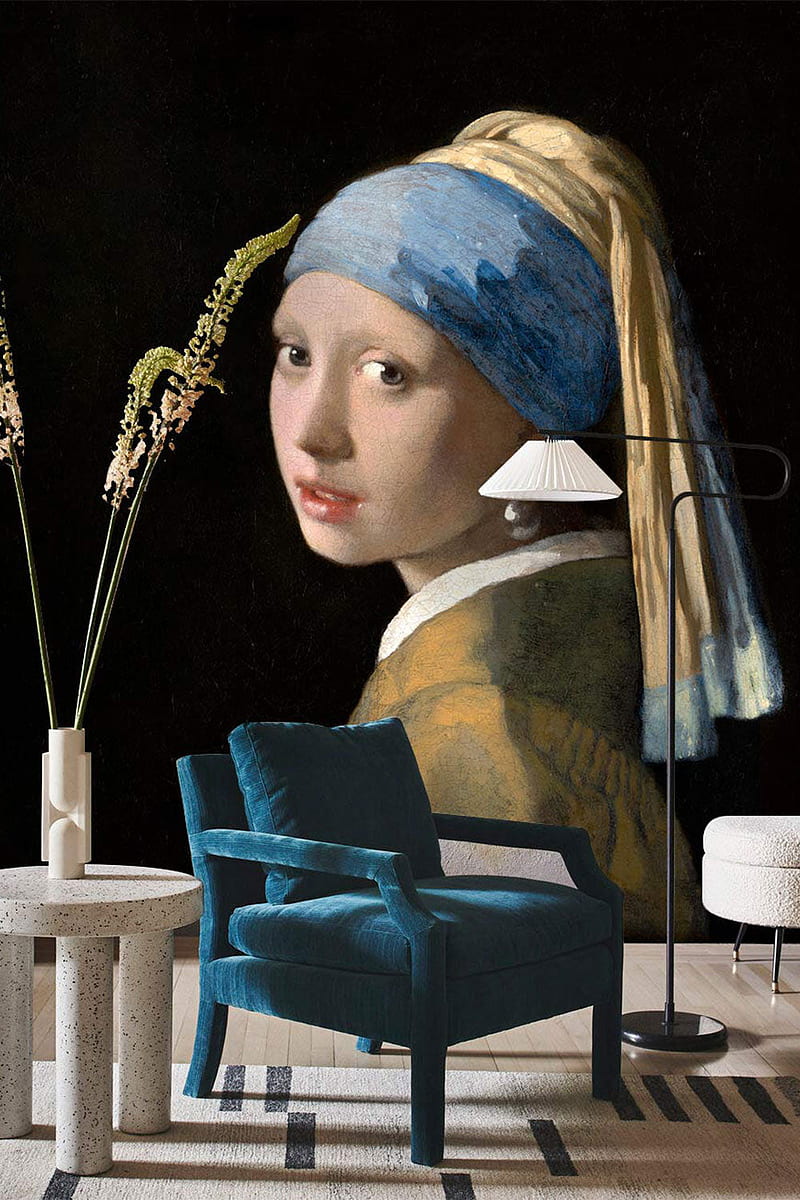Official image
Successful black businessman looking at camera celebrating success got promotion. Successful proud black businessman looking at camera celebrating victory got promotion or reward, happy african employee taking congratulations from colleague on professional achievement in office
Close up of businessman handshake intern greeting with promotion https://innhanhredep.info/card-visit-xe-du-lich/. Close up of businessman shaking hand of colleague at office meeting, congratulating with work achievement, boss handshake happy satisfied intern greeting with job promotion. Concept of rewarding
Social buttons thumb up like and red heart background. Social media likes falling background for advertisement, promotion. Social buttons thumb up like and red heart background. Social media likes falling background for advertisement, promotion, marketing, internet, SMM, CEO – for stock
undefined
undefined
Theatrical artwork
Everyone can recognize the look of the theater stage. The lighting is dynamic with sharp contrast, the figures are starkly illuminated, and almost everything is exaggerated in some way, whether in costume or in gesture or both. The theatre carries a wonderful notion of story-telling and imagination with it that creates a framework for imagination. The dark curtains and raised platforms of the stage create the illusion that scenes that play before the viewer are in fact real, and that the audience is merely intruding on a story that would have happened regardless of whether or not they were listening in. This, to me, is the essence of the stage. In a sense, nearly all artistic arrangements of figures within a piece draw from the same principles that make up the ways in which a director would position actors within a scene. Paintings of interactions between people can be created to have an almost cinematic feel, drawing from that same notion that what is happening within the image would happen by itself, regardless of whether or not the viewer was there to see it. These images aren’t static; the events depicted are motion-oriented, and the viewer is almost always left wondering what might happen next within the scene. These works in particular create their own “stages”, where some of the details of the locale are shrouded through tenebrism or infinite space, placing more importance on the figures and their implied actions. This gallery is a collection of Renaissance and Baroque paintings that depict events happening within their own stages, alluding to the idea of being in theater.
Garrick, in particular, paid close attention to artworks such as the Raphael cartoons (which were on public view at Hampton Court Palace) and developed a large repertoire of poses from them for the stage. This was key when it came to pioneering his bold, new style of acting.

Everyone can recognize the look of the theater stage. The lighting is dynamic with sharp contrast, the figures are starkly illuminated, and almost everything is exaggerated in some way, whether in costume or in gesture or both. The theatre carries a wonderful notion of story-telling and imagination with it that creates a framework for imagination. The dark curtains and raised platforms of the stage create the illusion that scenes that play before the viewer are in fact real, and that the audience is merely intruding on a story that would have happened regardless of whether or not they were listening in. This, to me, is the essence of the stage. In a sense, nearly all artistic arrangements of figures within a piece draw from the same principles that make up the ways in which a director would position actors within a scene. Paintings of interactions between people can be created to have an almost cinematic feel, drawing from that same notion that what is happening within the image would happen by itself, regardless of whether or not the viewer was there to see it. These images aren’t static; the events depicted are motion-oriented, and the viewer is almost always left wondering what might happen next within the scene. These works in particular create their own “stages”, where some of the details of the locale are shrouded through tenebrism or infinite space, placing more importance on the figures and their implied actions. This gallery is a collection of Renaissance and Baroque paintings that depict events happening within their own stages, alluding to the idea of being in theater.
Garrick, in particular, paid close attention to artworks such as the Raphael cartoons (which were on public view at Hampton Court Palace) and developed a large repertoire of poses from them for the stage. This was key when it came to pioneering his bold, new style of acting.
The Old Woman Cooking Eggs is a more mundane example of theatricality within artwork, but one that is essential to completing the metaphor. Velazquez’s earlier work focused on depicting the more general aspects of daily peasant life, such as his Water Carrier piece, and The Old Woman Cooking Eggs is no exception to that. However, part of the charm of the piece in differing from Titian’s scene with Christ is that even without the blatant historical references and sheer magnitude of iconographical emotion it still possesses an equally compelling sense of theatrical narrative, regardless of how uninteresting the subject matter may seemingly be. The sharply contrasted figures are organic, and rendered precisely enough to be very believable within their setting. It is possible that this snapshot of daily life was almost more compelling to a casual viewer due to its basic relatability. The commission’s close ties to the working class suggest that this piece very intentionally references its subject matter in a natural, organic form, further increasing its ties to theatrical representation.
Gentileschi’s Judith and Holofernes is perhaps one of the strongest representations of theatrical climax within Baroque painting. Utilizing Caravaggian tenebrism and chiaroscuro on the figures, Gentileschi implies a powerful sense of dramatic stage lighting, as well as urgent, swift movement. The scene itself has an almost Shakespearian vibe to its violence, bearing strong tonal resemblance to the assassination of Caesar. Indeed, the Apocryphal story of Judith beheading the Assyrian Holofernes was memorable for both its religious relevance and its purely compelling nature as a narrative, and Gentileschi communicates the drama of the entire ordeal in spades through the implied choreography of her actors, as well as her choice of environmental tone and design. One of the reasons this piece stands out is because it seems very literally “staged”, with the dark black background being strongly reminiscent of a black curtain in a theater. Tenebrism in painting is not so different from the backdrop of a stage, and, especially in this case, serves to create an almost identical effect.
Classic artwork
Galatea is seen sleeping on the lower right, her bare figure melting into the floral hill slope. The shoulders of Polyphemus rise over a mountain range in the top part of the image, as he turns his one eye towards the direction of the naiad.
When purchasing art reproductions online, it’s crucial to be vigilant, as some businesses may falsely advertise reproductions as museum quality. Here at BrushWiz, we exclusively produce authentic museum-quality works of art, and our extensive gallery offers a preview of our prior creations, all meticulously handmade. Our team of talented artists adheres consistently to the techniques, brushstrokes, and textures found in the originals when creating a work of art.
Commemorating the July Revolution of 1830, which toppled King Charles X of France, Liberty Leading the People has become synonymous with the revolutionary spirit all over the world. Combining allegory with contemporary elements, the painting is a thrilling example of the Romantic style, going for the gut with its titular character brandishing the French Tricolor as members of different classes unite behind her to storm a barricade strewn with the bodies of fallen comrades. The image has inspired other works of art and literature, including the Statue of Liberty and Victor Hugo’s novel Les Misérables.

Galatea is seen sleeping on the lower right, her bare figure melting into the floral hill slope. The shoulders of Polyphemus rise over a mountain range in the top part of the image, as he turns his one eye towards the direction of the naiad.
When purchasing art reproductions online, it’s crucial to be vigilant, as some businesses may falsely advertise reproductions as museum quality. Here at BrushWiz, we exclusively produce authentic museum-quality works of art, and our extensive gallery offers a preview of our prior creations, all meticulously handmade. Our team of talented artists adheres consistently to the techniques, brushstrokes, and textures found in the originals when creating a work of art.
Commemorating the July Revolution of 1830, which toppled King Charles X of France, Liberty Leading the People has become synonymous with the revolutionary spirit all over the world. Combining allegory with contemporary elements, the painting is a thrilling example of the Romantic style, going for the gut with its titular character brandishing the French Tricolor as members of different classes unite behind her to storm a barricade strewn with the bodies of fallen comrades. The image has inspired other works of art and literature, including the Statue of Liberty and Victor Hugo’s novel Les Misérables.


